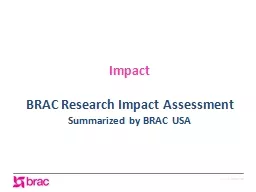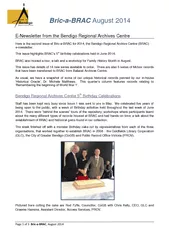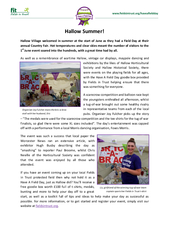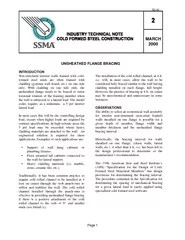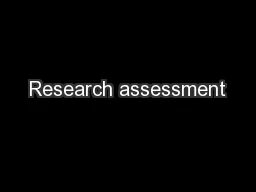PPT-Impact BRAC Research Impact Assessment
Author : accompanypepsi | Published Date : 2020-08-27
Summarized by BRAC USA Why this exercise Q Why do donors contribute to an organization Awards word of mouth testimonials charity ratings preferred habitat programs
Presentation Embed Code
Download Presentation
Download Presentation The PPT/PDF document "Impact BRAC Research Impact Assessment" is the property of its rightful owner. Permission is granted to download and print the materials on this website for personal, non-commercial use only, and to display it on your personal computer provided you do not modify the materials and that you retain all copyright notices contained in the materials. By downloading content from our website, you accept the terms of this agreement.
Impact BRAC Research Impact Assessment: Transcript
Download Rules Of Document
"Impact BRAC Research Impact Assessment"The content belongs to its owner. You may download and print it for personal use, without modification, and keep all copyright notices. By downloading, you agree to these terms.
Related Documents

